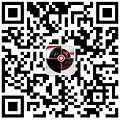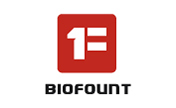
-
花青素
NMR and HPLC COA下载 MSDS下载 - Names:
Cyanidin
- CAS号:
13306-05-3
MDL Number: MFCD00017582 - MF(分子式): C15H10O6 MW(分子量): 287.24克/摩尔
- EINECS:No data available Reaxys Number:No data available
- Pubchem ID:128861 Brand:BIOFOUNT
| 货品编码 | 规格 | 纯度 | 价格 (¥) | 现价(¥) | 特价(¥) | 库存描述 | 数量 | 总计 (¥) |
|---|---|---|---|---|---|---|---|---|
| SS8027-25g | 25g | 来源蓝莓花青素,5%~25% | ¥ 680.00 | ¥ 680.00 | 2-3days | ¥ 0.00 | ||
| SS8027-5g | 5g | 来源蓝莓花青素,5%~25% | ¥ 256.00 | ¥ 256.00 | 2-3days | ¥ 0.00 | ||
| SS8027-1g | 1g | 来源蓝莓花青素,5%~25% | ¥ 76.00 | ¥ 76.00 | 2-3days | ¥ 0.00 |
| 中文别名 | 花青素(13306-05-3);花色素,矢车菊素,1-苯并吡啶鎓2-(3,4-二羟基苯基)-3,5,7-三羟基-氯化物;1-苯并吡啶鎓2-(3,4-二羟基苯基)-3,5,7-三羟基-氯(1:1);2-(3,4-二羟基苯基)铬3,5,7-三醇;2-(3,4-二羟基苯基)-3,5,7-三羟基-1-苯并氯化铵;3,3',4',5,7-五羟基-2-苯基苯并氯化吡啶;3,5,7,3',4'-五羟基黄酮;花青素阳离子;氯化氰;花青素离子;氰基;氰醇;氰化氯;黄酮3,3',4',5,7-五羟基-;黄酮,3,3',4',5,7-五羟基-,氯化物;IdB 1027;IdB-1027; |
| 英文别名 | Cyanidin(13306-05-3);1-benzopyrylium, 2-(3,4-dihydroxyphenyl)-3,5,7-trihydroxy-, chloride;1-benzopyrylium, 2-(3,4-dihydroxyphenyl)-3,5,7-trihydroxy-, chloride (1:1);2-(3,4-dihydroxyphenyl) chromenylium-3,5,7-triol;2-(3,4-dihydroxyphenyl)-3,5,7-trihydroxy-1-benzopyrylium chloride;3,3',4',5,7-pentahydroxy-2-phenylbenzopyrylium chloride;3,5,7,3',4'-pentahydroxyflavylium;cyanidin;cyanidin cation;cyanidin chloride;cyanidin ion;cyanidine;cyanidol;cyanidol chloride;flavylium, 3,3',4',5,7-pentahydroxy-;flavylium, 3,3',4',5,7-pentahydroxy-, chloride;IdB 1027;IdB-1027; |
| CAS号 | 13306-05-3 |
| SMILES | C1 = CC(= C(C = C1C2 = [O +] C3 = CC(= CC(= C3C = C2O)O)O)O)O |
| Inchi | InChI = 1S / C15H10O6 / c16-8-4-11(18)9-6-13(20)15(21-14(9)5-8)7-1-2-10(17)12(19) 3-7 / h1-6H,(H4-,16,17,18,19,20)/ p + 1 |
| InchiKey | VEVZSMAEJFVWIL-UHFFFAOYSA-O |
| 分子式 Formula | C15H10O6 |
| 分子量 Molecular Weight | 287.24克/摩尔 |
| 闪点 FP | No data available |
| 熔点 Melting point | 300°C |
| 沸点 Boiling point | No data available |
| Polarizability极化度 | No data available |
| 密度 Density | No data available |
| 蒸汽压 Vapor Pressure | No data available |
| 溶解度Solubility | No data available |
| 性状 | 红紫色 |
| 储藏条件 Storage conditions | No data available |
花青素(13306-05-3,Cyanidin)药理学:
花青素(13306-05-3,Cyanidin)是一种天然的有机化合物。 花青素是花色苷的一种特殊类型(称为花色苷的糖苷版本)。 花青素是在许多红色浆果(包括葡萄,越橘,黑莓,蓝莓,樱桃,蔓越莓,接骨木浆果,山楂,洛根莓,阿萨伊莓和覆盆子)中发现的色素。 花青素也可以在其他水果中找到,例如苹果和李子,红甘蓝和红洋葱。 花青素具有特征性的红紫色,尽管随pH值会改变。 该化合物的溶液在pH <3时呈红色,在pH 7-8时呈紫色,在pH> 11时呈蓝色。在某些水果中,种子和皮肤中的花青素浓度最高。
Cyanidin, also known as cyanidol or cyanidin chloride, belongs to the class of organic compounds known as 7-hydroxyflavonoids. These are flavonoids that bear one hydroxyl group at the C-7 position of the flavonoid skeleton. Cyanidin exists as a solid and is considered to be practically insoluble (in water) and relatively neutral. Cyanidin has been found in human kidney tissue, and has also been detected in multiple biofluids, such as urine and blood. Within the cell, cyanidin is primarily located in the membrane (predicted from logP). Cyanidin cation is an anthocyanidin cation that is flavylium substituted at positions 3, 3', 4', 5 and 7 by hydroxy groups. It has a role as a metabolite, a neuroprotective agent and an antioxidant. It is a conjugate acid of a cyanidin(1-).
花青素(13306-05-3,Cyanidin)实验注意事项:
1.实验前需戴好防护眼镜,穿戴防护服和口罩,佩戴手套,避免与皮肤接触。
2.实验过程中如遇到有毒或者刺激性物质及有害物质产生,必要时实验操作需要手套箱内完成以免对实验人员造成伤害。
3.取样品的移液枪头需及时更换,必要时为避免交叉污染尽可能选择滤芯吸头。
4.称量药品时选用称量纸,并无风处取药和称量以免扬撒,试剂的容器使用前务必确保干净,并消毒。
5.取药品时尽量采用多个药勺分别使用,使用后清洗干净后,烘干消毒存放。
6.实验后产生的废弃物需分类存储,并交于专业生物废气物处理公司处理,以免造成环境污染。
Experimental considerations:
1. Wear protective glasses, protective clothing and masks, gloves, and avoid contact with the skin during the experiment.
2. The waste generated after the experiment needs to be stored separately, and handed over to a professional biological waste gas treatment company to avoid environmental pollution.
tags:花青素试剂,花青素合成,花青素杂质,花青素中间体,花青素合成,花青素闪点,花青素旋光度,花青素密度,花青素溶解度,花青素购买,
| 产品说明 | 花青素(13306-05-3)是花色苷的一种特殊类型的色素,花青素是一种天然的有机化合物.花青素溶解度,花青素结构式,花青素msds等其他参数详见主页. |
| Introduction | 花青素(13306-05-3,Cyanidin)is a special type of anthocyanin, and anthocyanin is a natural organic compound. |
| Application1 | 花青素的代谢产物,花青素具有神经保护剂和抗氧化剂的作用。 |
| Application2 | |
| Application3 |
花青素(13306-05-3,Cyanidin)药理学:
花青素(13306-05-3,Cyanidin)是一种天然的有机化合物。 花青素是花色苷的一种特殊类型(称为花色苷的糖苷版本)。 花青素是在许多红色浆果(包括葡萄,越橘,黑莓,蓝莓,樱桃,蔓越莓,接骨木浆果,山楂,洛根莓,阿萨伊莓和覆盆子)中发现的色素。 花青素也可以在其他水果中找到,例如苹果和李子,红甘蓝和红洋葱。 花青素具有特征性的红紫色,尽管随pH值会改变。 该化合物的溶液在pH <3时呈红色,在pH 7-8时呈紫色,在pH> 11时呈蓝色。在某些水果中,种子和皮肤中的花青素浓度最高。
Cyanidin, also known as cyanidol or cyanidin chloride, belongs to the class of organic compounds known as 7-hydroxyflavonoids. These are flavonoids that bear one hydroxyl group at the C-7 position of the flavonoid skeleton. Cyanidin exists as a solid and is considered to be practically insoluble (in water) and relatively neutral. Cyanidin has been found in human kidney tissue, and has also been detected in multiple biofluids, such as urine and blood. Within the cell, cyanidin is primarily located in the membrane (predicted from logP). Cyanidin cation is an anthocyanidin cation that is flavylium substituted at positions 3, 3', 4', 5 and 7 by hydroxy groups. It has a role as a metabolite, a neuroprotective agent and an antioxidant. It is a conjugate acid of a cyanidin(1-).
| 警示图 | |
| 危险性 | |
| 危险性警示 | No data available |
| 安全声明 | H303吞入可能有害+H313皮肤接触可能有害+H333吸入可能对身体有害 |
| 安全防护 | P264处理后彻底清洗+P280戴防护手套/穿防护服/戴防护眼罩/戴防护面具+P305如果进入眼睛+P351用水小心冲洗几分钟+P338取出隐形眼镜(如果有)并且易于操作,继续冲洗+P337如果眼睛刺激持续+P313获得医疗建议/护理 |
| 备注 | 实验过程中防止吸入、食入,做好安全防护 |
| In silico pharmacokinetic and molecular docking studies of natural flavonoids and synthetic indole chalcones against essential proteins of SARS-CoV-2 European journal of pharmacology 2020-08-06 327685 |
| 32044269 2020-03-15 Cyanidin prevents the hyperproliferative potential of fibroblast-like synoviocytes and disease progression via targeting IL-17A cytokine signalling in rheumatoid arthritis Toxicolo |
| 29515203 2018-03-07 Natural polyphenols as sirtuin 6 modulators Scientific reports |
| 22980784 2012-12-15 Simultaneous determination of anthocyanins, coumarins and phenolic acids in fruits, kernels and liqueur of Prunus mahaleb L Food chemistry |
| 23043621 2012-12-01 The mirror crack'd: both pigment and structure contribute to the glossy blue appearance of the mirror orchid, Ophrys speculum The New phytologist |
1,花色苷对人唾液离体降解的敏感性.
Some fruits and their anthocyanin-rich extracts have been reported to exhibit chemopreventive activity in the oral cavity. Insights regarding oral metabolism of anthocyanins remain limited. Anthocyanin-rich extracts from blueberry, chokeberry, black raspberry, red grape, and strawberry were incubated ex vivo with human saliva from 14 healthy subjects. All anthocyanins were partially degraded in saliva. Degradation of chokeberry anthocyanins in saliva was temperature dependent and decreased by heating saliva to 80 °C and after removal of cells. Glycosides of delphinidin and petunidin were more susceptible to degradation than those of cyanidin, pelargonidin, peonidin and malvidin in both intact and artificial saliva. Stability of di- and tri-saccharide conjugates of anthocyanidins slightly, but significantly, exceeded that of monosaccharide compounds. Ex vivo degradation of anthocyanins in saliva was significantly decreased after oral rinsing with antibacterial chlorhexidine. These results suggest that anthocyanin degradation in the mouth is structure-dependent and largely mediated by oral microbiota.
2、氰胺通过靶向类风湿性关节炎中的IL-17A细胞因子信号传导来阻止成纤维样滑膜细胞的过度增殖潜力和疾病进展。
PMID: 32044269 DOI: 10.1016/j.taap.2020.114917 The hyperplastic phenotype of fibroblast-like synoviocytes (FLSs) plays an important role for synovitis, chronic inflammation and joint destruction in rheumatoid arthritis (RA). Interleukin 17A (IL-17A), a signature pro-inflammatory cytokine effectively influences the hyperplastic transformation of FLS cells and synovial pannus growth. IL-17A cytokine signalling participates in RA pathology by regulating an array of pro-inflammatory mediators and osteoclastogenesis. Cyanidin, a key flavonoid inhibits IL-17A/IL-17 receptor A (IL-17RA) interaction and alleviates progression and disease severity of psoriasis and asthma. However, the therapeutic efficacy of cyanidin on IL-17A cytokine signalling in RA remains unknown. In the present study, cyanidin inhibited IL-17A induced migratory and proliferative capacity of FLS cells derived from adjuvant-induced arthritis (AA) rats. Cyanidin treatment reduced IL-17A mediated reprogramming of AA-FLS cells to overexpress IL-17RA. In addition, significantly decreased expression of IL-17A dependent cyr61, IL-23, GM-CSF, and TLR3 were observed in AA-FLS cells in response to cyanidin. At the molecular level, cyanidin modulated IL-17/IL-17RA dependent JAK/STAT-3 signalling in AA-FLS cells. Importantly, cyanidin activated PIAS3 protein to suppress STAT-3 specific transcriptional activation in AA-FLS cells. Cyanidin treatment to AA rats attenuated clinical symptoms, synovial pannus growth, immune cell infiltration, and bone erosion. Cyanidin reduced serum level of IL-23 and GM-CSF and expression of Cyr 61 and TLR3 in the synovial tissue of AA rats. Notably, the level of p-STAT-3 protein was significantly decreased in the synovial tissue of AA rats treated with cyanidin. This study provides the first evidence that cyanidin can be used as IL-17/17RA signalling targeting therapeutic drug for the treatment of RA and this need to be investigated in RA patients.
3、Cyanidin-3-O-葡糖苷和Cyanidin可防止肠壁屏障损伤和2,4,6-三硝基苯磺酸诱导的结肠炎。
PMID: 31657664 DOI: 10.1089/jmf.2019.4524
Anthocyanin-rich extracts have shown anti-inflammation activity in mouse colitis models. Cyanidin-3-glucoside (C3G) is one of the widespread anthocyanins in plants, and cyanidin (Cy) is the aglycone of C3G that can be generated in intestine under gut microorganism metabolism. To explore the anti-inflammatory activity of single anthocyanins compound and show the potential mechanism, the protective effects of C3G and its aglycone Cy on 2,4,6-trinitrobenzenesulfonic acid (TNBS)-induced colitis in mice and lipopolysaccharide (LPS)-stimulated Caco-2 cellular monolayer inflammation were studied. The results showed that both C3G and Cy significantly improved the clinical symptoms and relieved the histological damage in TNBS-challenged mice. The activity of myeloperoxidase and the excretion of inflammatory cytokines tumor necrosis factor-α, interleukin-1β, interleukin-6, and interferon-γ were also significantly inhibited at the administration dosage of 200 μmol/kg. In vitro studies showed that when LPS-stimulated Caco-2 cells were pretreated with C3G and Cy, the destruction of the intestinal epithelial barrier was ameliorated due to the improvement of the transepithelial electrical resistance and Lucifer yellow flux values, while there were no significant difference between C3G and Cy groups at the same dosage. Similarly, both C3G and Cy suppressed nitric oxide production and inflammatory cytokines secretion of LPS-induced Caco-2 cells. C3G and its aglycone Cy had similar anti-inflammatory activity in both colitis mice and Caco-2 cells. The results suggest that C3G and Cy may exert anti-inflammatory effects by protecting the intestinal barrier as well as by suppressing inflammatory cytokine secretion. Thus, C3G or Cy could be potential preventive agents or supplementary medicines for inflammatory bowel disease.
4、Delphinidin和cyanidin通过阻止p38 MAPK和JNK的激活来抑制PDGF(AB)诱导的血管平滑肌细胞VEGF释放。
PMID: 16921400 PMCID: PMC2014273 DOI: 10.1038 / sj.bjp.0706843
Background and purpose: Red wine polyphenols (RWPs) inhibit the expression of vascular endothelial growth factor (VEGF), a major pro-angiogenic and pro-atherosclerotic factor, in vascular smooth muscle cells (VSMCs). The aim of this study was to identify which red wine polyphenols were inhibitory and to determine the mechanism underlying the inhibitory effects. Experimental approach: Release of VEGF stimulated by platelet derived growth factor(AB) (PDGF(AB)), from human aortic VSMCs was measured by immunoassay and phosphorylation of kinases by Western blot analysis. The direct antioxidant properties of polyphenols were determined by electron paramagnetic resonance and the cellular formation of reactive oxygen species (ROS) by dichlorofluorescein. Key results: The inhibitory effect of RWPs on PDGF(AB)-induced release of VEGF was mimicked by delphinidin but not by quercetin, catechins, resveratrol, gallic acid or caffeic acid. In the anthocyanin class, not only delphinidin but also cyanidin prevented VEGF release whereas malvidin and peonidin were without effect. RWPs, delphinidin and cyanidin directly scavenged ROS and prevented the PDGF(AB)-induced formation of ROS in VSMCs. Malvidin and peonidin did not scavenge ROS but prevented the cellular formation of ROS. Although the p38 MAPK, ERK1/2 and JNK pathways have been involved in the PDGF(AB)-induced expression of VEGF, in our experiments, only phosphorylation of p38 MAPK and JNK was inhibited by RWPs, delphinidin and cyanidin. Conclusions and implications: Anthocyanins presenting a hydroxyl residue at position 3' are able to inhibit PDGF(AB)-induced VEGF expression by preventing activation of p38 MAPK and JNK in VSMCs.
- 相关产品
-
< >
- 推荐产品
-
< >
- 最新产品
-
< >
新闻
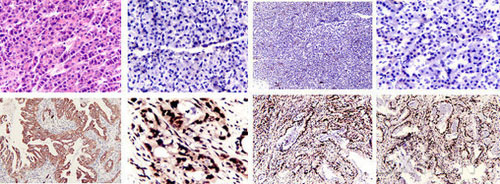
怎么做细胞爬片免疫组化染色实验
细胞爬片免疫组化染色,是通过细胞爬片是让玻片浸在细胞培养基内,细胞在玻片上生长,主要用于组织学,免疫组织化学...
2020/7/20 22:04:33
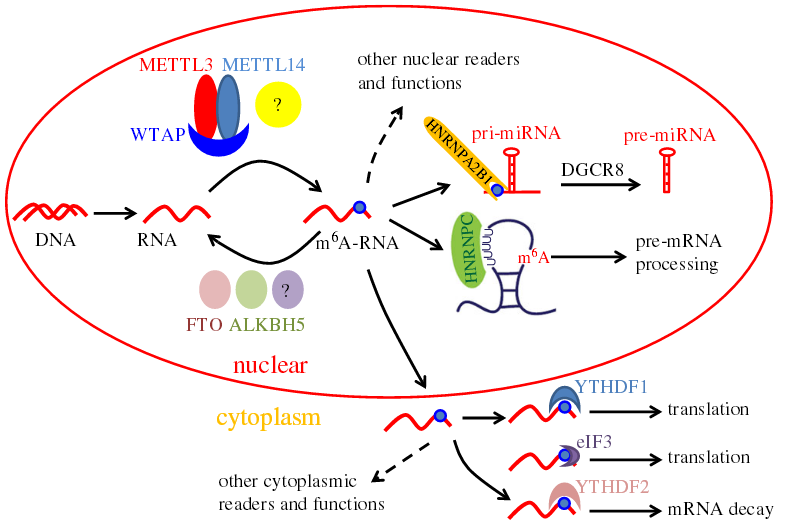
提取病毒RNA的实验方法
提取病毒RNA方法分别有:异硫氰酸胍的提取病毒RNA方法、TRIzol LS提取法、Trizol法提取法等等...
2020/7/22 20:29:26
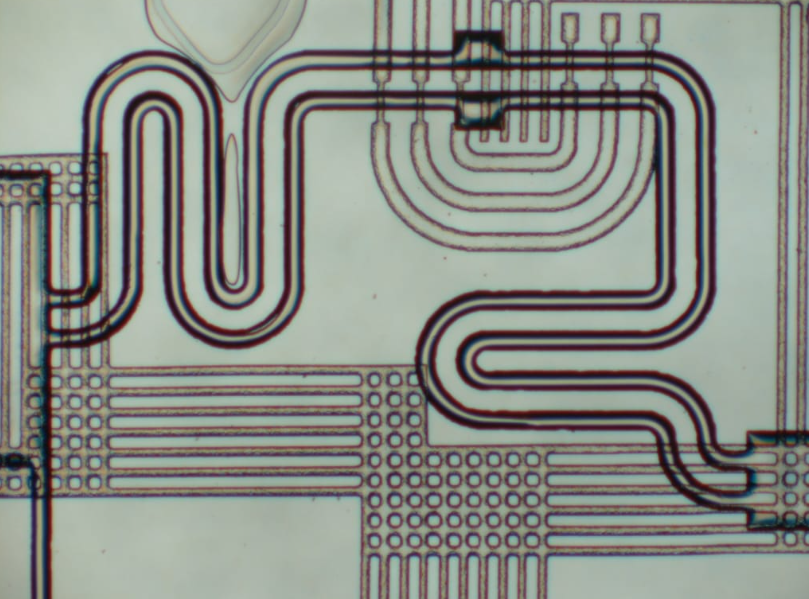
各种微流控芯片键合方法的优缺点
微流控芯片键合:目前主要有激光焊接、热压键合、胶键合、超音波焊接,每种方法都有各自的优缺点。本文主要介绍聚酯...
2023/7/28 10:43:09
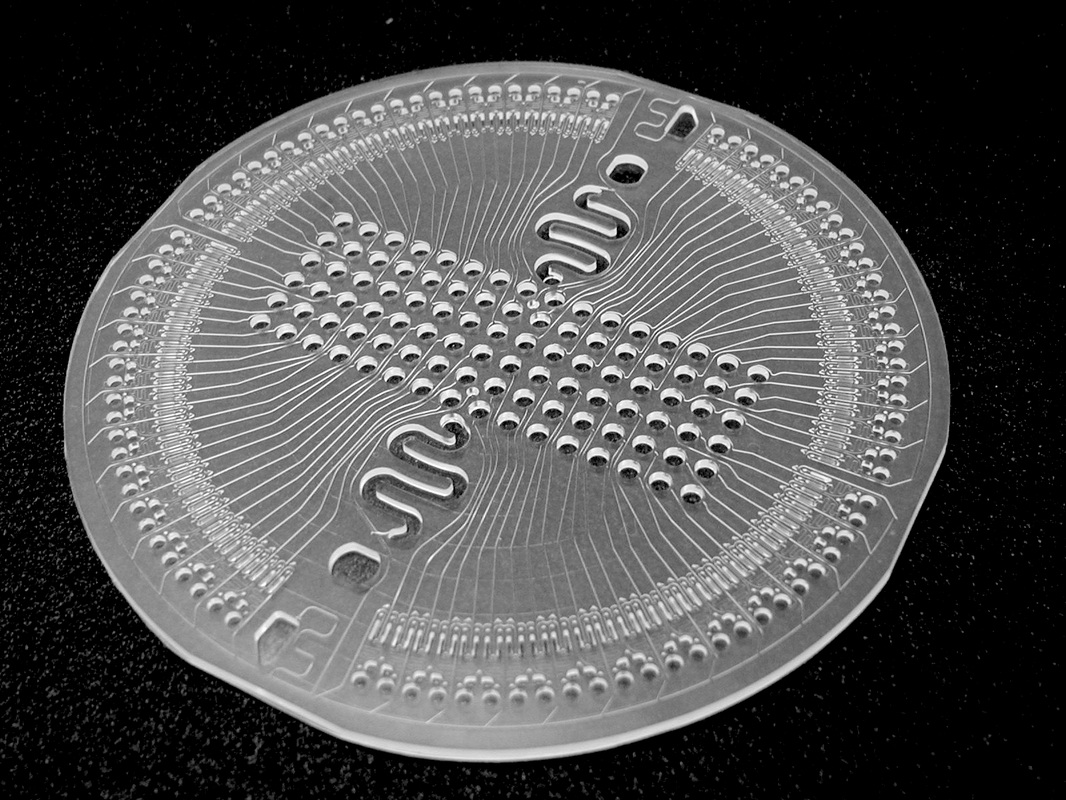
新一代微流控键合解决方案
微流控键合解决方案:微流控芯片制造的一个重要环节,也是最容易被忽视的--芯片键合。其中一个重要因素是:微流控...
2023/7/27 12:44:28
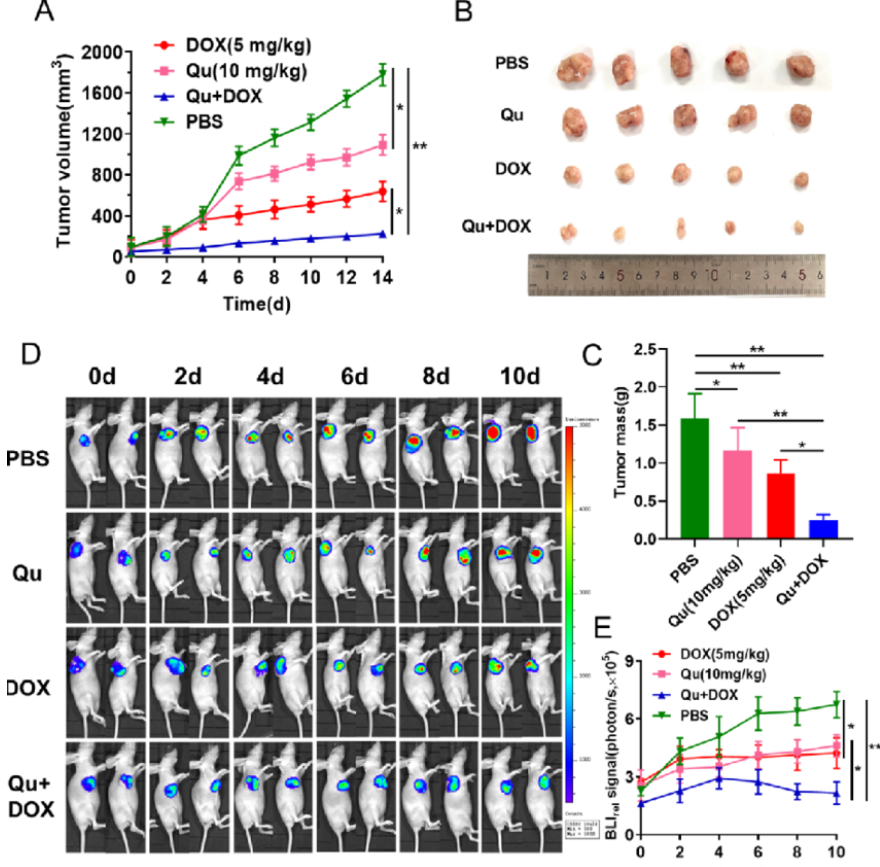
荧光素钾盐使用说明
D-荧光素钾盐(K+)设计用于体外和体内生物发光测定。D-荧光素的质量和纯度对于获得良好和可重复的结果至关重...
2023/7/20 11:05:11
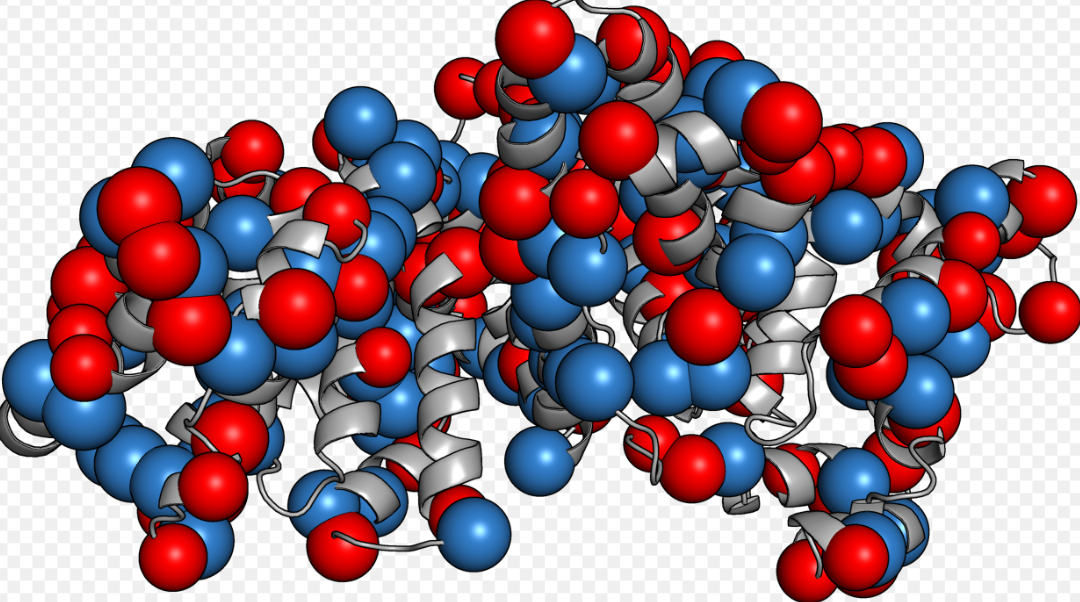
如何选BSA(牛血清白蛋白)
如何选BSA(牛血清白蛋白):牛血清白蛋白(BSA)有多种形式,如何选择适合自己的牛血清白蛋白(BSA)是一...
2023/2/14 13:09:18
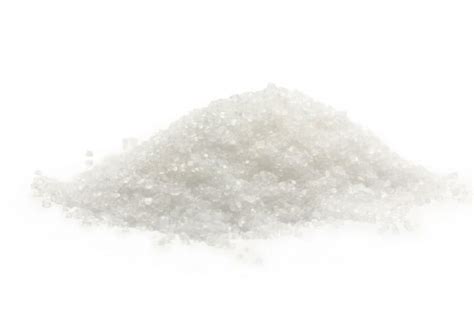
牛血清白蛋白(BSA)常见问题
牛血清白蛋白(BSA)常见问题:牛血清白蛋白(BSA)在实验室中是通用的,可用于蛋白质印迹、细胞组织培养、P...
2022/10/19 9:39:51
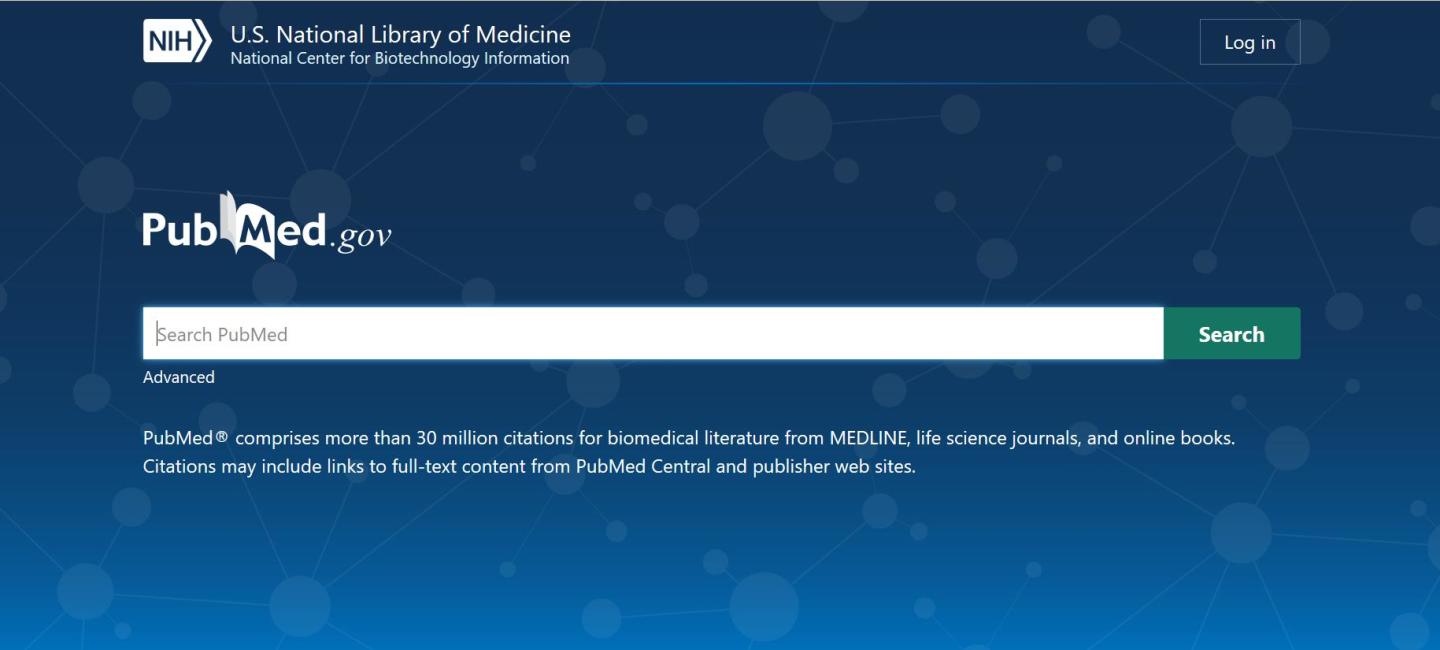
pubmed使用方法(技巧)
pubmed使用方法(技巧):PubMed是一个关于医学问题的学术文章和书籍的数据库。因为它是一份学术期刊,...
2022/10/18 18:06:07

BSA(牛血清白蛋白)
BSA(牛血清白蛋白):牛血清白蛋白(BSA)是一种球状蛋白质,牛血清白蛋白(BSA)是发现于牛血浆中的主要...
2022/10/18 16:48:12
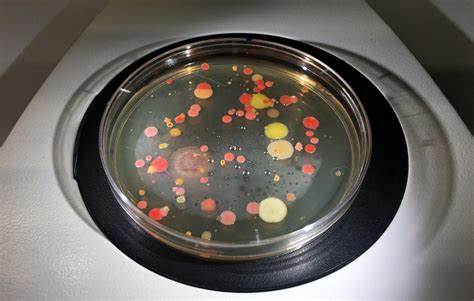
冻干培养细菌的方法
冻干培养细菌的方法:冷冻干燥,也称为冻干或冷冻干燥,是在产品冷冻后除去水分并将其置于真空中的过程。这使得冰可...
2022/10/16 8:27:31




 购物车
购物车 



